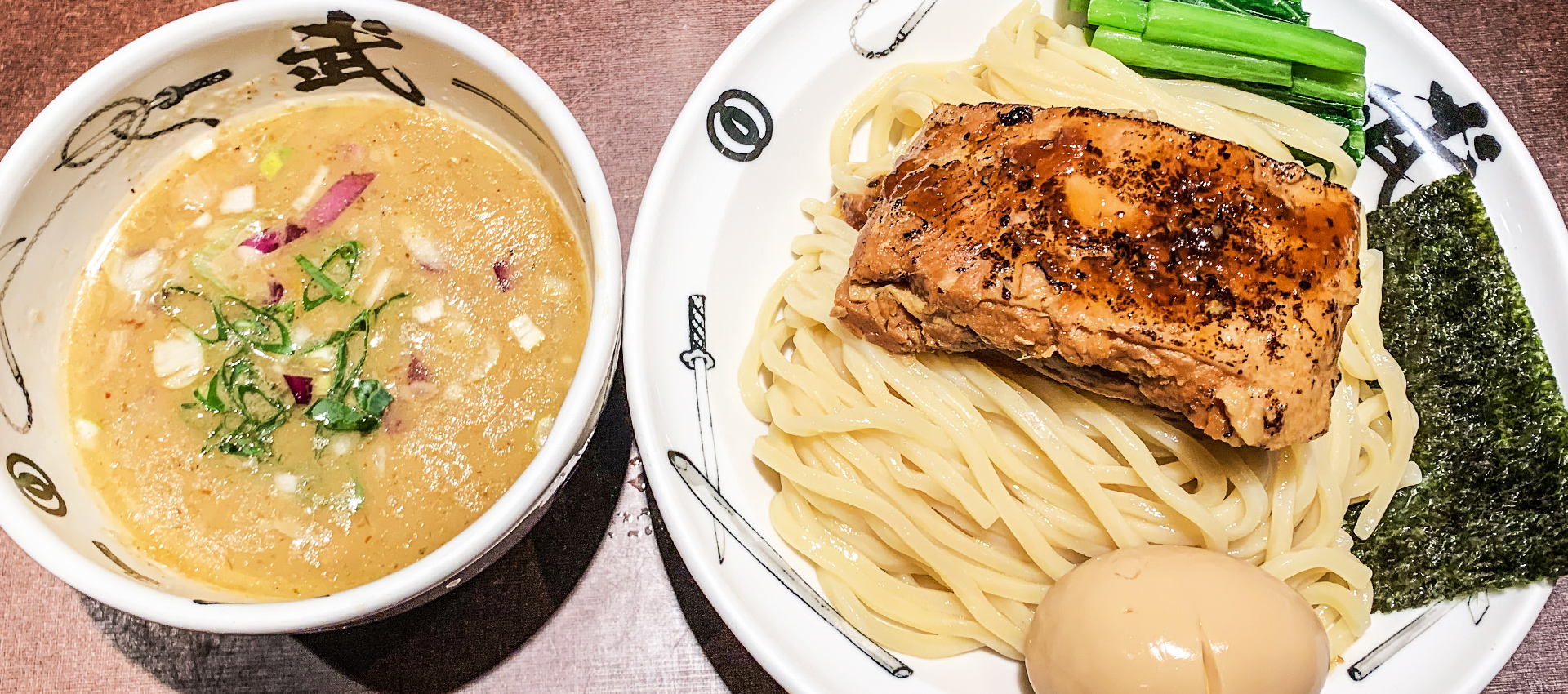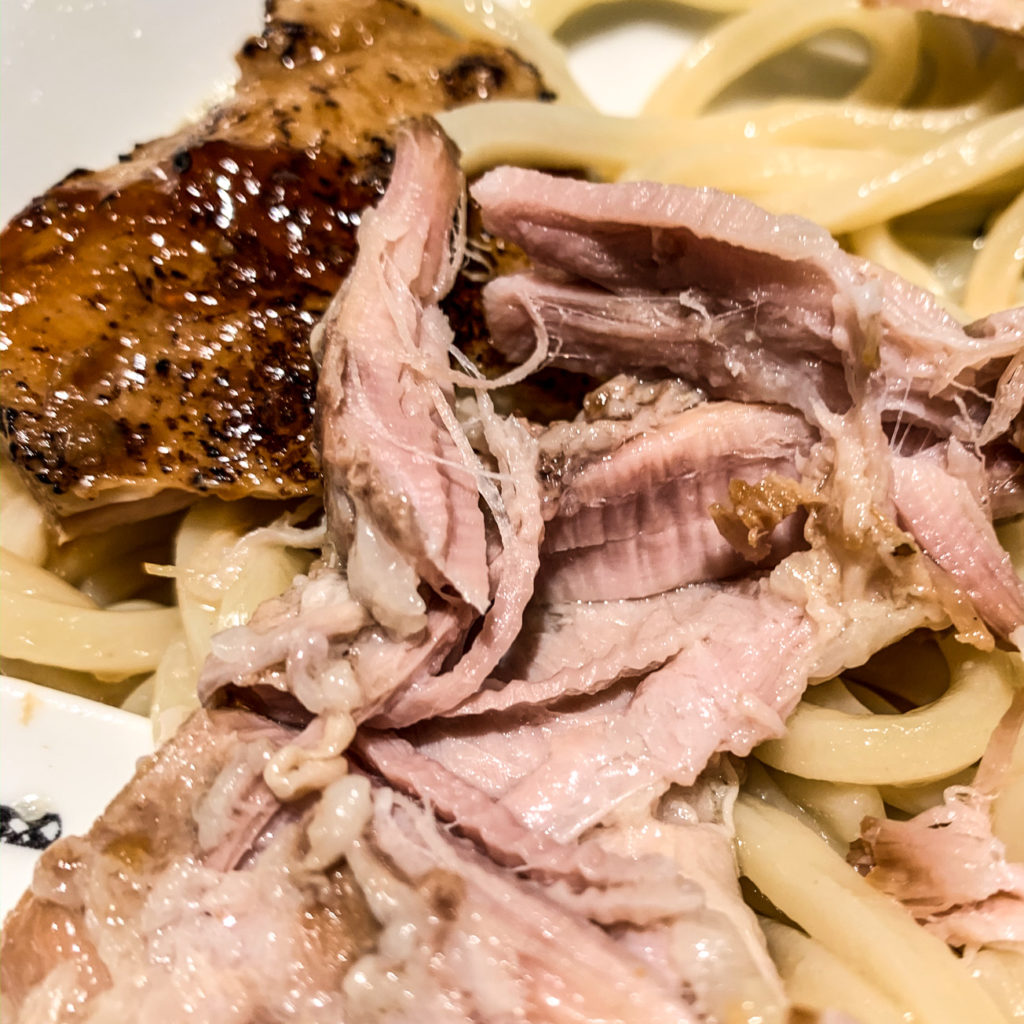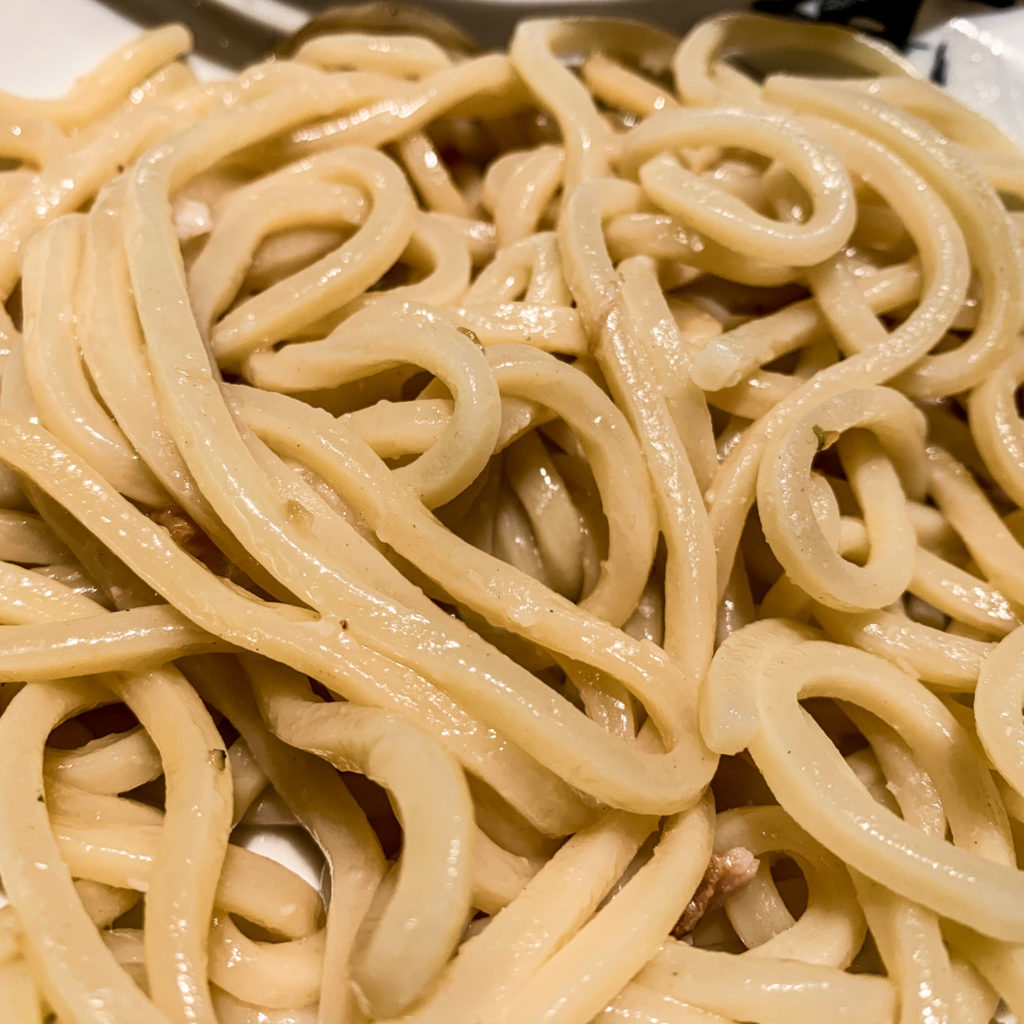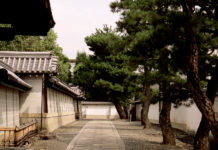These days, ramen is a household name. But have you ever heard of tsukemen? It’s ramen’s brother from another mother, and definitely worth seeking out—especially while you’re in Tokyo. Though there are quite a few differences between the two (we’ll get into it), the main one is obvious straight away: the noodles are served separately to the broth! It may sound strange, but trust us, it’s great! We got a hankering for some tsukemen in Akihabara recently and decided to visit the popular Akihabara Menya Musashi Bujin. Read on for serious food envy and an enlightening overview of the dish.
Components of Tsukemen
The name Tsukemen means “dipping noodles” so the idea is basically to dip the noodles into the broth. When your meal comes out, you’ll receive two bowls; one full of piping hot broth and one containing the noodles and toppings. Your first instinct might be to pour the broth over the noodles, but that would be very, very wrong. You would turn a lot of heads doing it that way.

Noodles
The main difference between ramen and tsukemen is the noodles. Let’s break it down…
Noodle type
Tsukemen noodles are typically thick, like an udon noodle. However, when ordering ramen, you could be served thin, wavy or thick noodles depending on where you go and what you’re able to ask for.
Noodle temperature and firmness
Not only are the noodles served separately in tsukemen, but they are also chilled to room temperature or cooler. This keeps them nice and firm—soggy noodles are a big no no here.
Ramen comes with noodles already in the soup, but firmness is still important. When ordering ramen, the staff will sometimes ask for your okonomi (preference). This pertains to the amount of oil in the soup as well as the thickness and hardness of the noodle. The harder it is, the slower it takes to get soggy in the hot broth.
Noodle etiquette
The etiquette with tsukemen is to try the noodles on their own first in order to appreciate the flavours you may usually take for granted. It’s the opposite in ramen, where it’s polite to sip the broth first.
Pick up a noodle or two, feel the springiness and taste the subtle noodle flavours. If you see salt nearby, sprinkle a little on first.
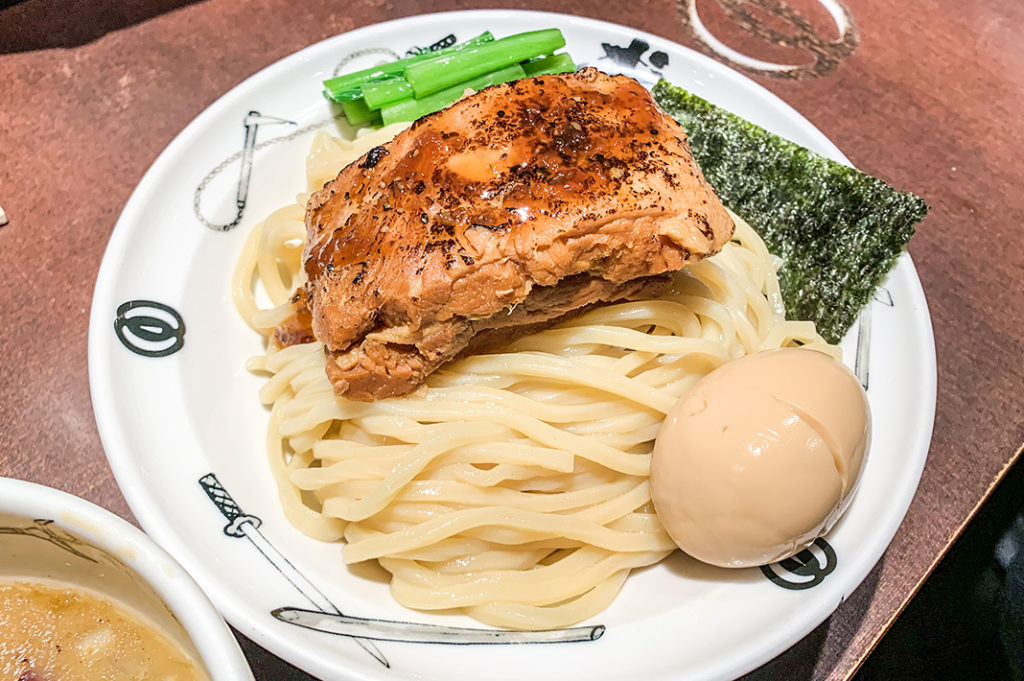
Toppings
Tsukemen toppings are similar to those found on ramen: seasoned eggs, nori seaweed, chashu pork, etc. What you get depends on the restaurant.
Tsukemen broth
Tsukemen broth is typically a tonkotsu (made from pork bones) base and much more concentrated than ramen broth. As we know, there are a multitude of ramen bases out there to suit different noodle types. And as these are thick noodles, they call for a thick, punchy broth like tonkotsu.
How to eat Tsukemen
The first step is to try the noodles on their own. Next, pick up a few with your chopsticks (an amount you can manage to eat in one go) and quickly dip them into the hot broth. You can control the noodle:broth flavour ratio by how far you dip the noodles in.
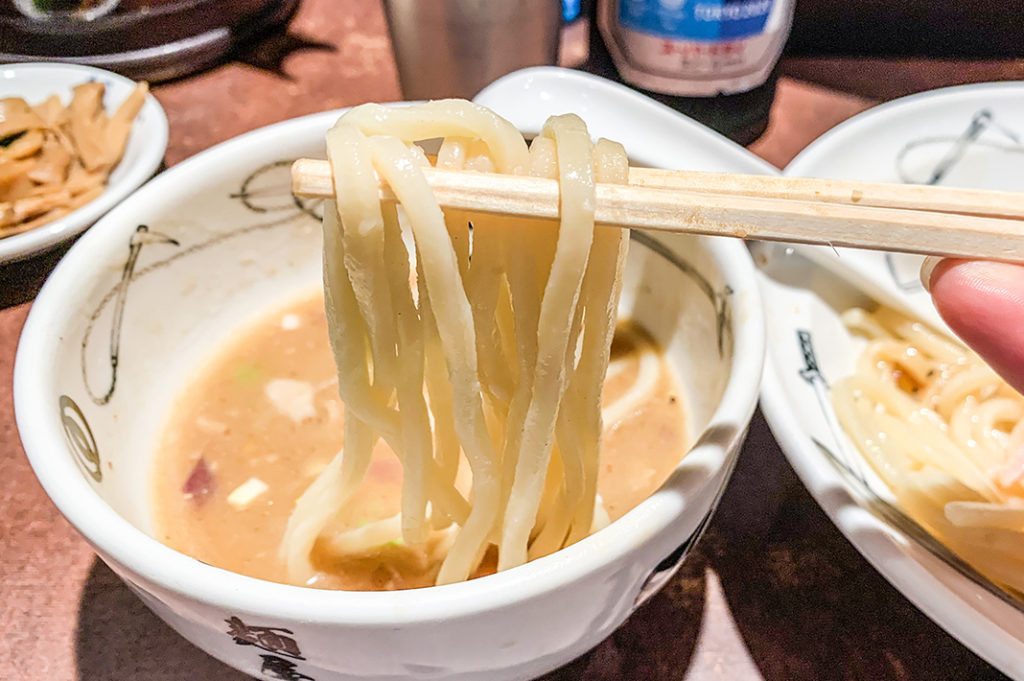
Slurp it up, but don’t let the noodles linger as they’ll cool down your broth! You can eat the toppings as they are or dip them into the broth for extra flavour. If you’ve got the skills, you can dip both toppings and noodles into the broth then scoop them all up into one delicious mouthful.
Noodles Born in Tokyo
Tsukemen was born right here in Tokyo, back in 1961 when local chef Kazuo Yamagishi added it to his menu at Taishoken. In those days, ramen had already been in Japan for 100 years, after making its way from China. The original Taishoken restaurant still exists in Ikebukuro and is a great place to try it out, though anywhere in Tokyo is pretty special, too. As we were in Akihabara, we decided to visit Akihabara Menya Musashi Bujin, known for its tasty servings of pork.
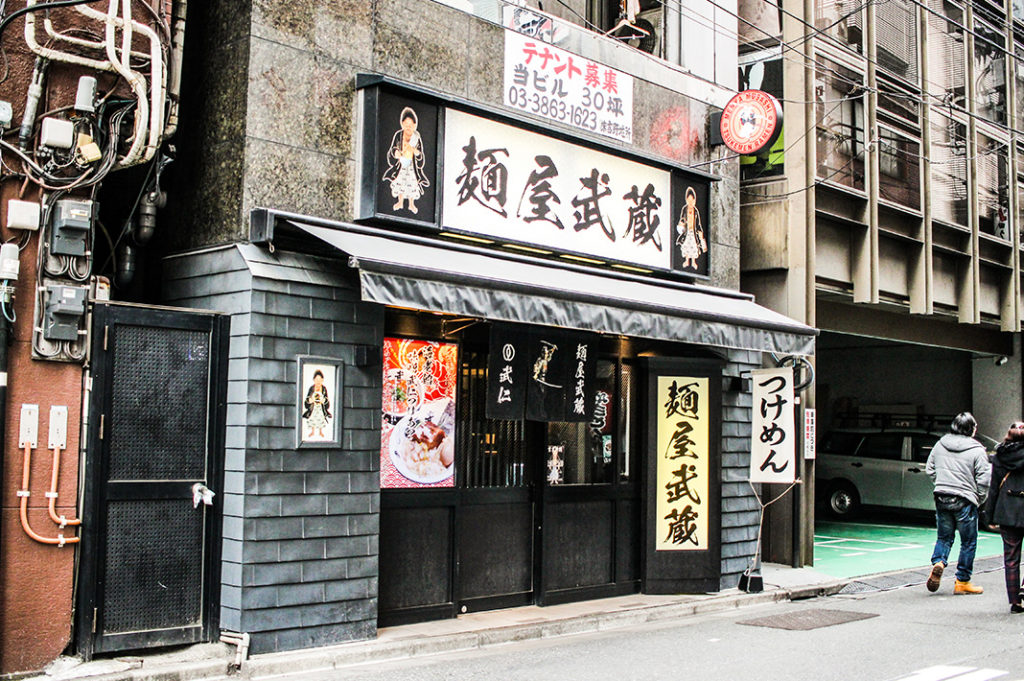
Akihabara Menya Musashi Bujin
Located a few minutes’ walk from the station, Menya Musashi Bujin is a favourite spot among locals seeking tsukemen in Akihabara. We arrived to a short queue, though we didn’t have to wait long—tsukemen is a fast food in a literal sense.
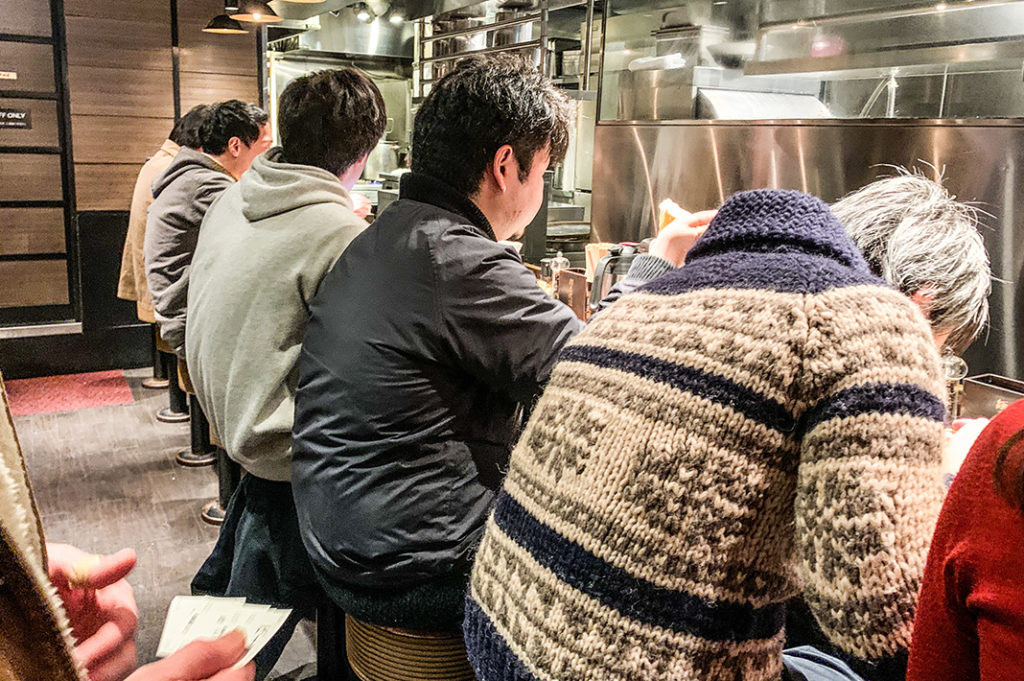
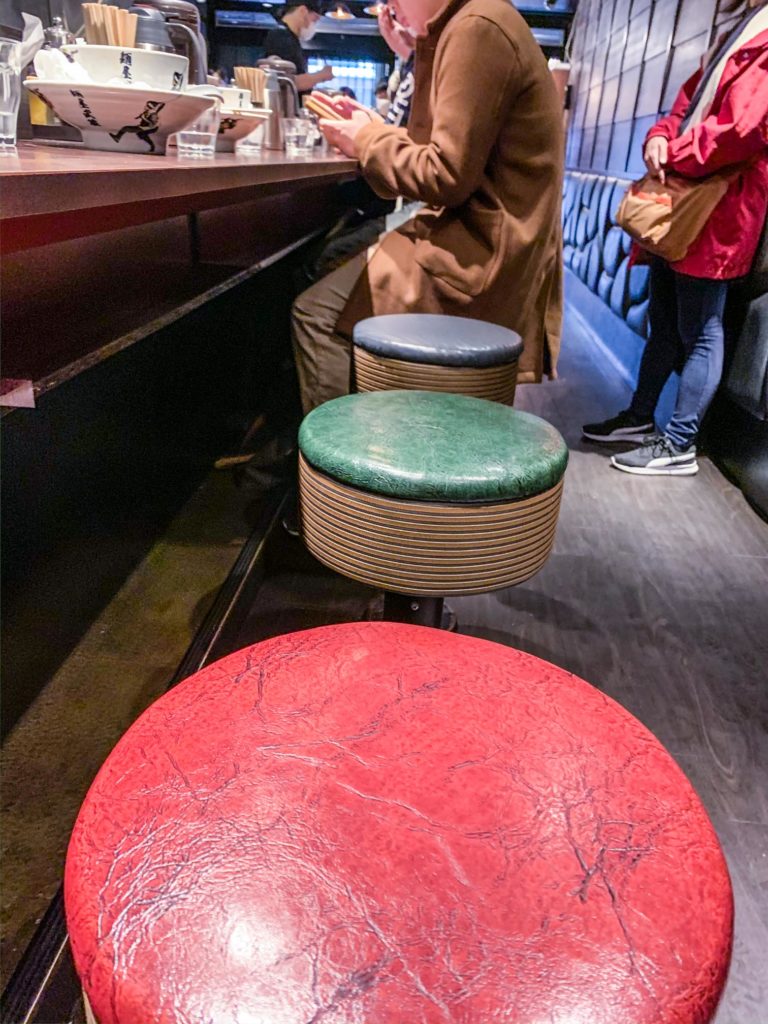
Upon entering we ordered from the vending machine and were soon seated. We handed the tickets over to the staff in exchange for our beer, and sat eagerly awaiting our meal.
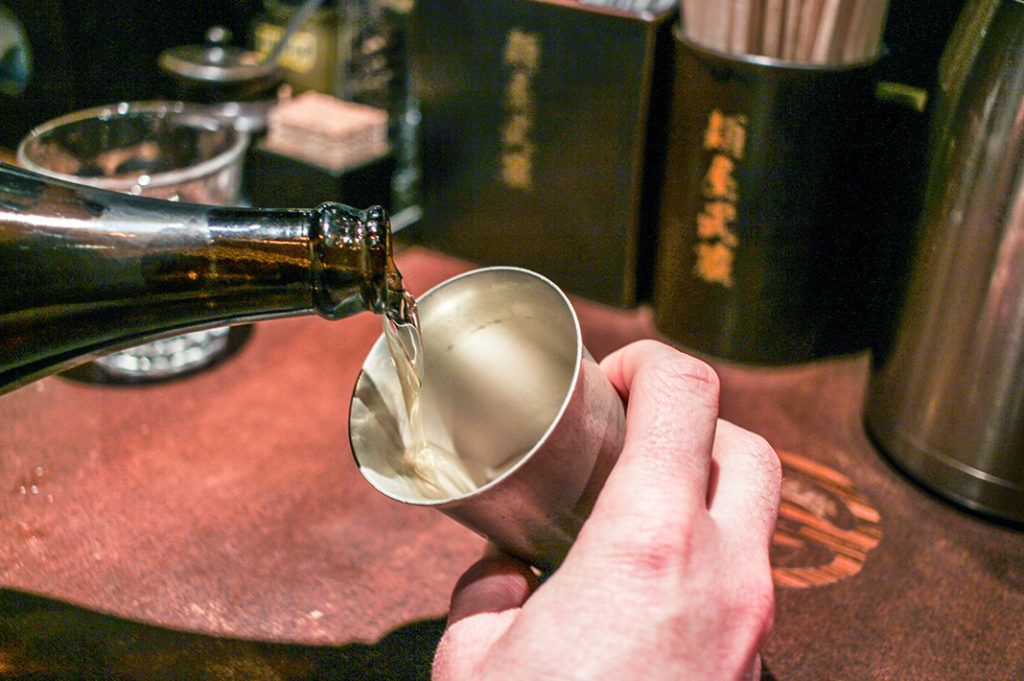
The meals came out quickly and the portions were generous to say the least! We went for the tsukemen with a big chunk of slow cooked pork. Other toppings included a seasoned egg, nori and greens.
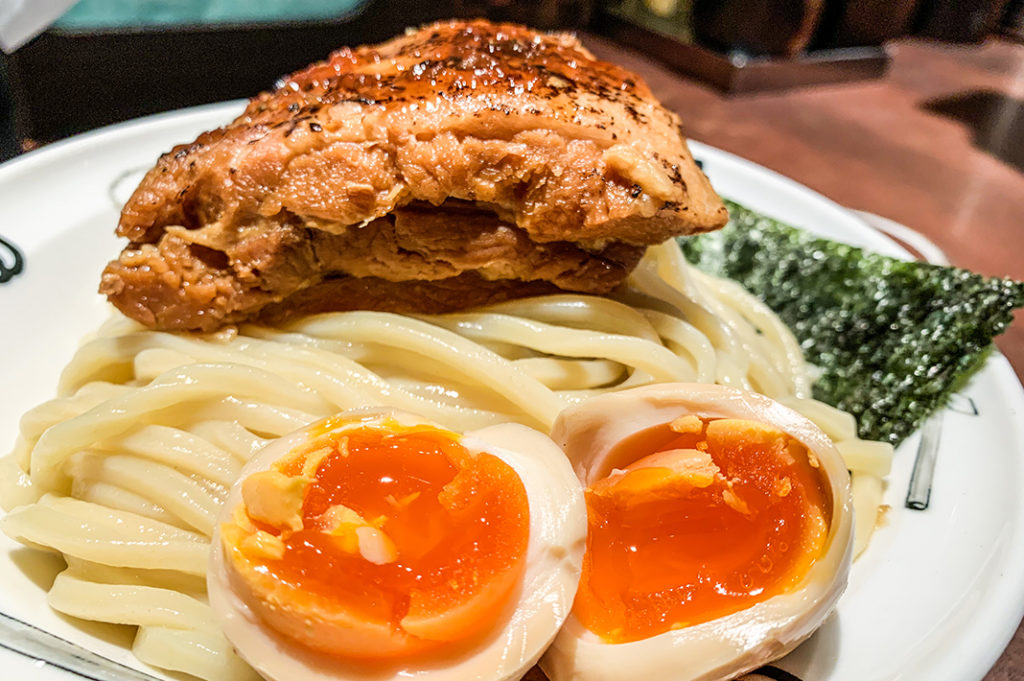
The noodles had a lovely spring to them and a comforting, earthy flavour. We were curious to see how they would taste with a coating of hot broth. Speaking of which, the broth packed a real punch. It was sweet and sour and salty with small bits of freshly sliced red onion. Zingy, you might say.


The pork fell apart perfectly with chopsticks. It was sweet and smoky and sticky—delicious on its own or with a dunk in the broth.
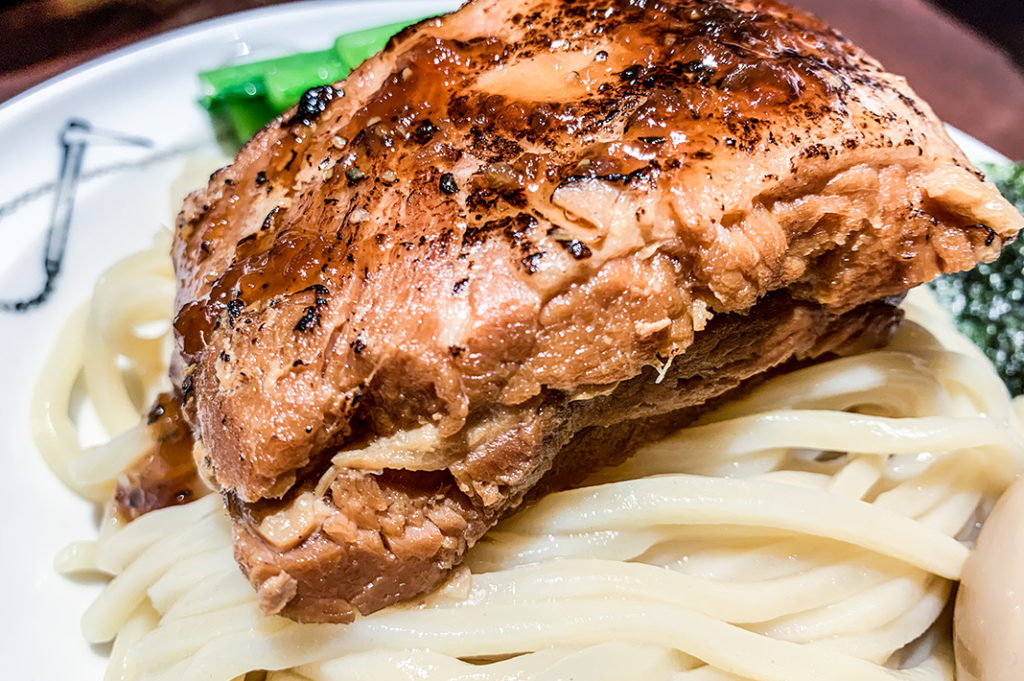
Because the tsukemen broth is so strong and tangy, it’s not really suitable for drinking straight. But if you love to finish off your meal with some hot soup, there is a way: soup-wari. This is basically ‘splitting the soup’ by adding a light broth. Some restaurants will have a thermal jug of hot stock available, although you may need to ask at others (su-pu wari kudasai). Pour some into your bowl and taste the difference it makes!

It’s always a treat to try a local specialty, so next time you’re in Tokyo, seek out a bowl of home-grown Tsukemen. And for the tastiest Tsukemen in Akihabara, it’s gotta be Menya Musashi Bujin!
Name: Akihabara Menya Musashi Bujin
Open: 11:00a.m.–10:30p.m.
Address: Tokyo, Chiyoda City, Kanda Sakumacho, 2 Chome−18-5 (link)
URL: http://menya634.co.jp/storelist/akihabara/
Post by Japan Journeys.



